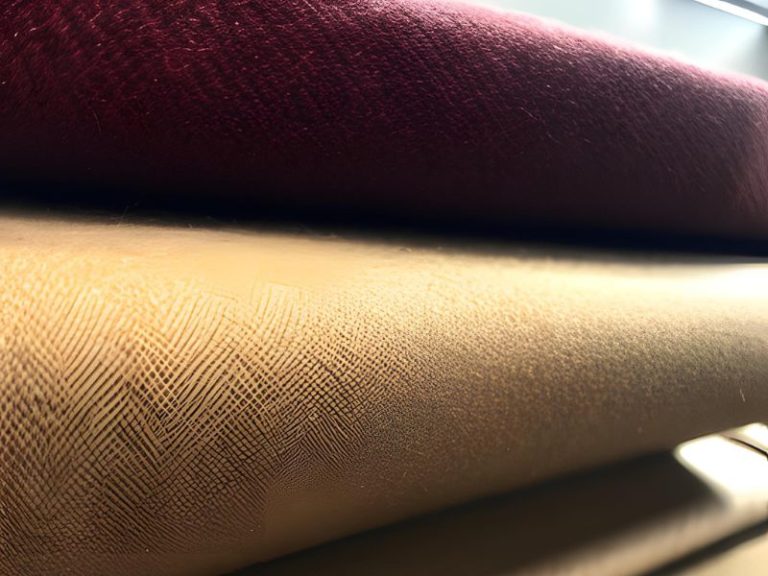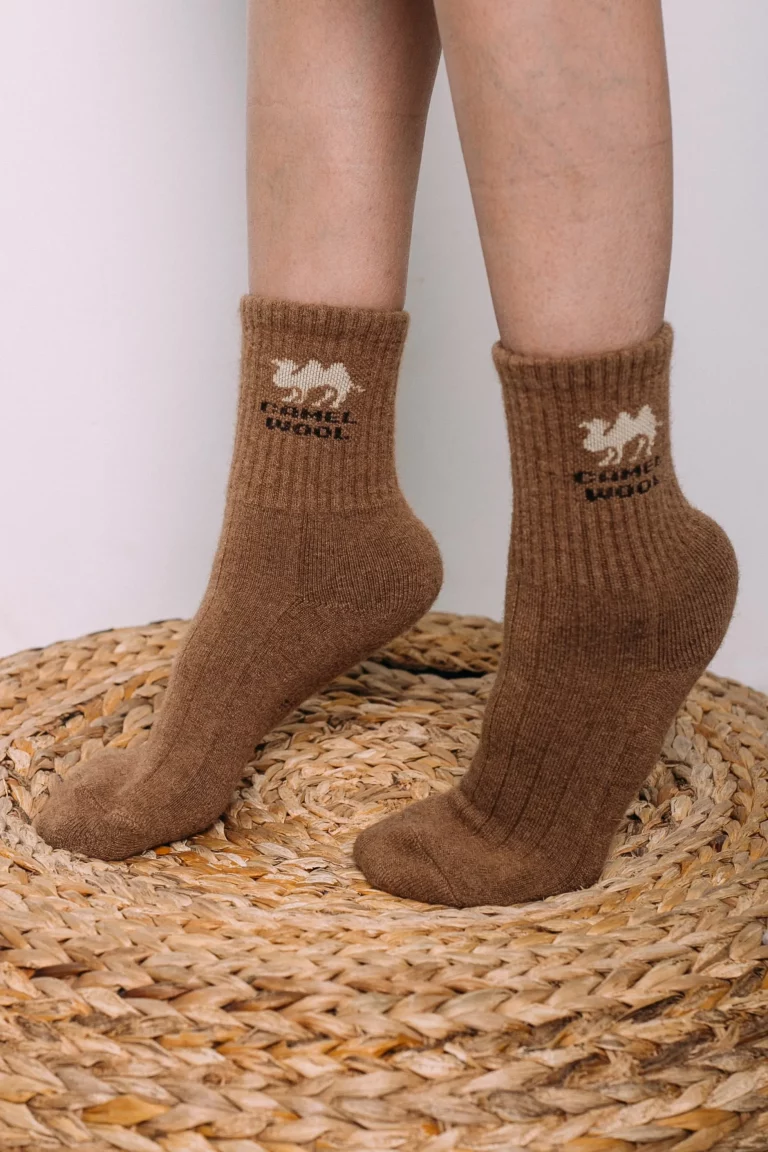Is Camel Wool Warm?
When the thought of wool comes to mind, most people envision a fluffy sheep in a lush green field. But wool isn’t exclusive to our ovine friends; in the harsh desert terrains, a different kind of wooly mammal roams – the camel.
Is Camel Wool Warm: A First Glance
Is Camel Wool Warm? Yes, it indeed is, and that’s just the tip of the iceberg. Camel wool isn’t just warm, it’s an insulation powerhouse.
This wool has evolved in the camels’ desert environment to protect them from dramatic temperature fluctuations – scorching by day and freezing at night. But there’s much more to this wonder fabric, as we’ll find out in our coming sections.
Understanding the Camel’s Natural Environment
Desert Days and Nights: A Landscape of Extremes
To fully appreciate the warmth of camel wool, it’s essential to grasp the environment it comes from. Deserts aren’t merely scorching hot; they’re a landscape of temperature extremes. During the day, temperatures can soar, while at night, they can plummet below freezing. This diurnal temperature variation plays a significant role in the development of the camel’s coat.
Life in the Desert: The Camel’s Adaptation
How do camels cope with such a harsh environment? It’s simple – their bodies have adapted to desert life over centuries. The camel’s coat is a complex combination of hairs designed to insulate the animal from the desert’s extreme temperatures. But just how does this unique coat work?
The Science Behind Camel Wool Warmth
The Structure of Camel Wool: Two-Layer Defense

If you take a closer look at a camel’s coat, you’ll see it’s not just a uniform layer of hair. There are actually two distinct types of fibers: the outer guard hairs and the inner down fibers. The outer hairs are long and coarse, forming a protective barrier against the sun and wind. Underneath, the soft and crimpy down provides insulation, keeping the camel warm when temperatures drop at night.
Thermal Insulation: The Warmth Factor
The true answer to our question, “Is Camel Wool Warm?” lies in these insulating down fibers. The crimp of the wool traps air, creating pockets of warmth. This principle is similar to how a down jacket or duvet works, and it’s this insulation that gives camel wool its exceptional warmth.
Moisture Wicking and Breathability
What about those scorching desert days? Here, camel wool reveals another impressive feature. It’s highly breathable and wicks moisture away from the camel’s skin, helping the animal stay cool. These properties translate well when camel wool is used in clothing and textiles.
Is Camel Wool Warmer Than Sheep Wool?
Yes, camel wool is generally warmer than sheep wool. This superior warmth comes from the structure of the camel’s coat, which has evolved to insulate the animal from the desert’s extreme temperatures.
However, compared to sheep wool, camel wool is relatively not as durable.
Final Thoughts
So, is camel wool warm? Undoubtedly, yes. But it’s also a whole lot more than just warm. It’s a testament to nature’s ingenuity, a luxurious and comfortable fiber, and a link to centuries-old traditions. Whether you’re a fashion aficionado or an eco-conscious consumer, it is a material worth exploring.
If you’re interested in products made from this unique material, consider checking out our article on why you should buy Mongolian wool socks






